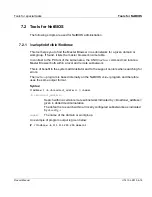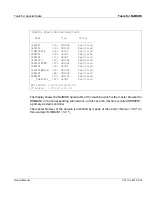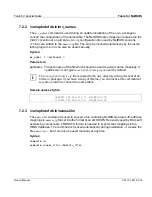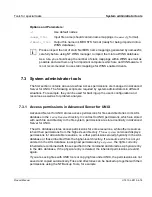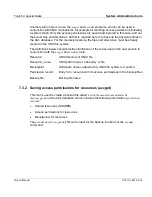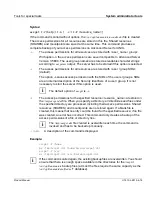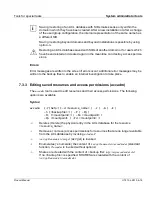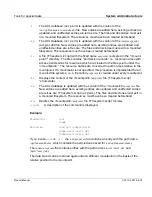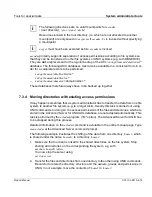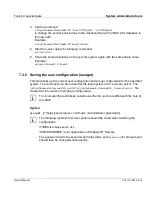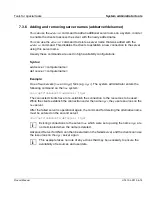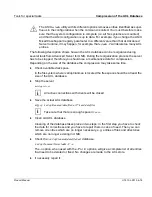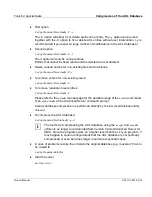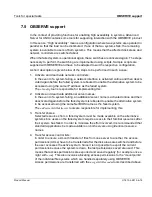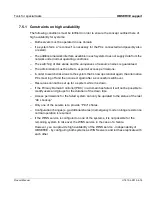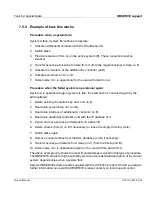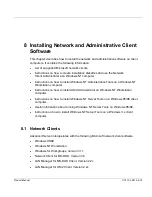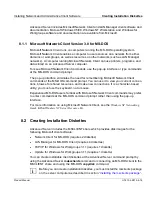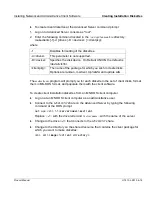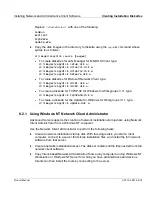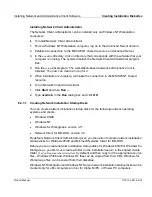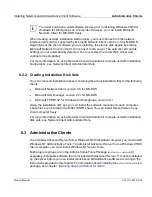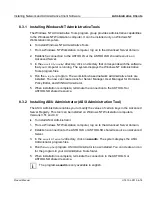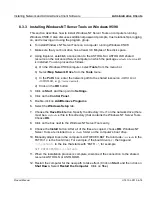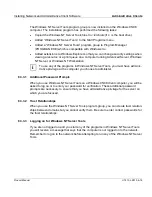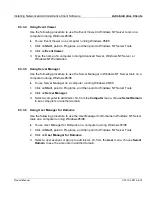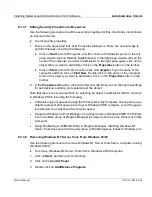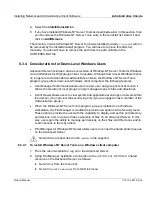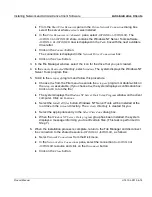
Tools for special tasks
OBSERVE support
Product Manual
U7613-J-Z815-6-76
©
S
iem
e
n
s
N
ix
dor
f
In
fo
rm
at
io
n
s
s
y
s
te
m
e
A
G
1
9
9
5
P
fad
: D:
\O
7
613
e6
\u
761
3e
.k
07
7.5 OBSERVE support
In the context of providing functions for enabling high availability in systems, Advanced
Server for UNIX contains some tools for supporting interaction with the OBSERVE product.
In this sense, “High Availability” means a configuration where two systems are operated in
parallel so that the load can be distributed. If one of the two systems fails, the remaining
system is available to users of both systems. This means that the affected disk areas and
network controllers are switched about.
When the failed system is operational again, these switches are canceled again. The steps
necessary to perform the switching are implemented using scripts. Sample scripts are
supplied with OBSERVE and have to be adapted to suit the respective configuration.
A short description is given below of the steps to be performed in such a case:
1. Activate and deactivate network controllers:
In the event of a system failing, a network interface is activated online and then deacti-
vated again before the failed system is rebooted to enable the alternative system to be
accessed using the same IP address as the failed system.
The
nbconfig
tool is responsible for implementing this.
2. Activate and deactivate additional server names:
In the event of a system failing, an additional server name is activated online and then
deactivated again before the failed system is rebooted to enable the alternative system
to be accessed using the same NetBIOS name as the failed system.
The
addserver
and
delserver
tools
are responsible for implementing this.
3. Transfer shares:
Selected resources from a failed system must be made available on the alternative
system since users on the failed system require access to their familiar resources after
their system has failed. In order to minimize the effort involved, it is recommended that
standard applications be made available on both servers using identical resource
names.
4. Transfer access control lists:
In order to ensure a smooth transfer of files from one server to another, the access
permissions (ACLs) have to be transferred after the disk areas are switched and before
the user accesses the active system. Since it is not possible to export the current
permissions because the system is down, the last permissions saved are used. This
means that access permissions are exported and saved regularly (for example once a
night with
cron
). This also involves allocating access permissions to the “mountpoints”
of the individual file systems which are handled separately using OBSERVE.
Access permissions are transferred with the
accget
and
accadm
tools described above.

